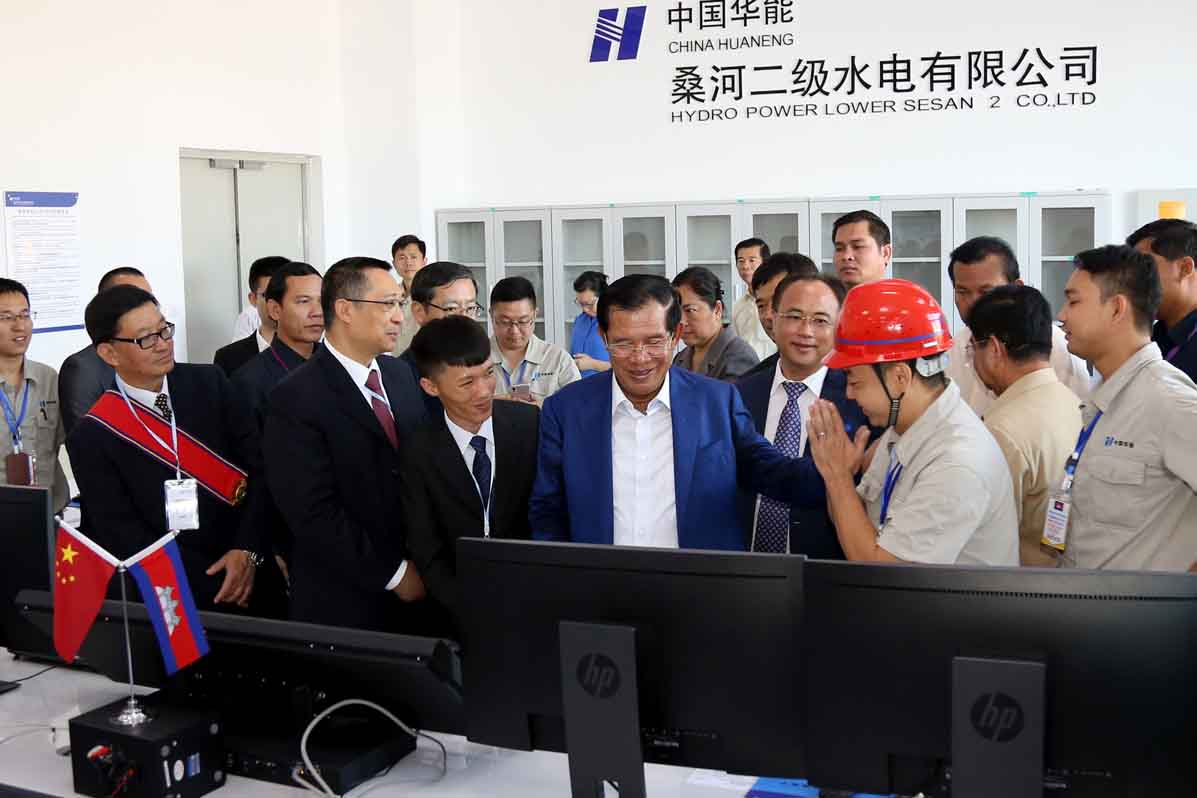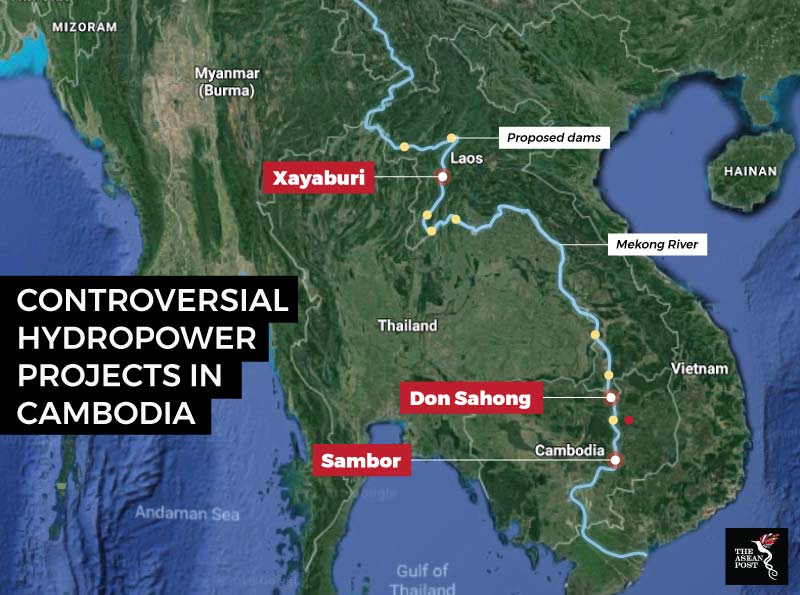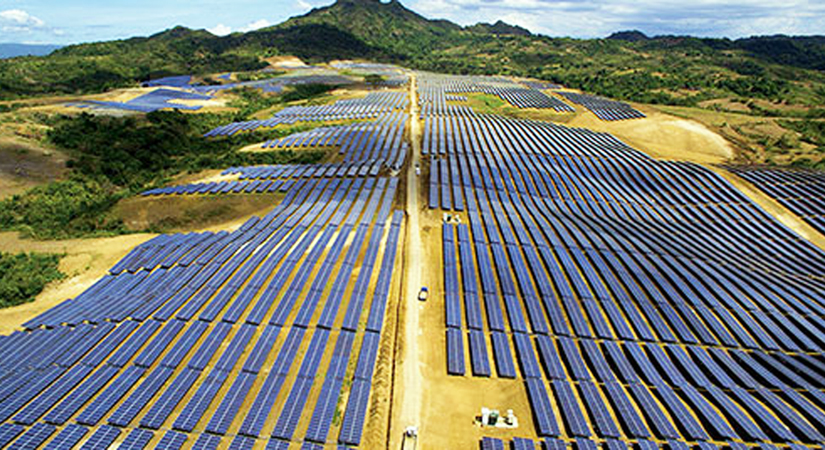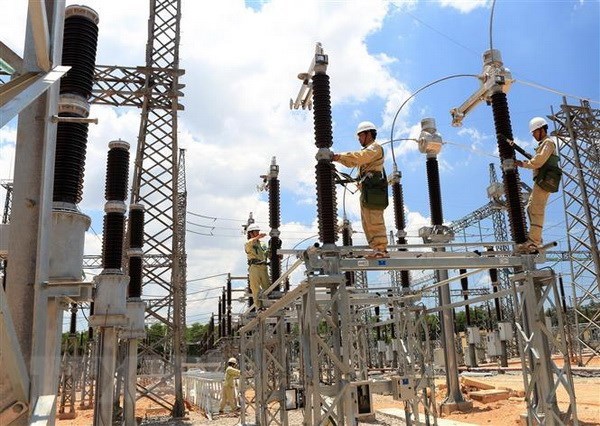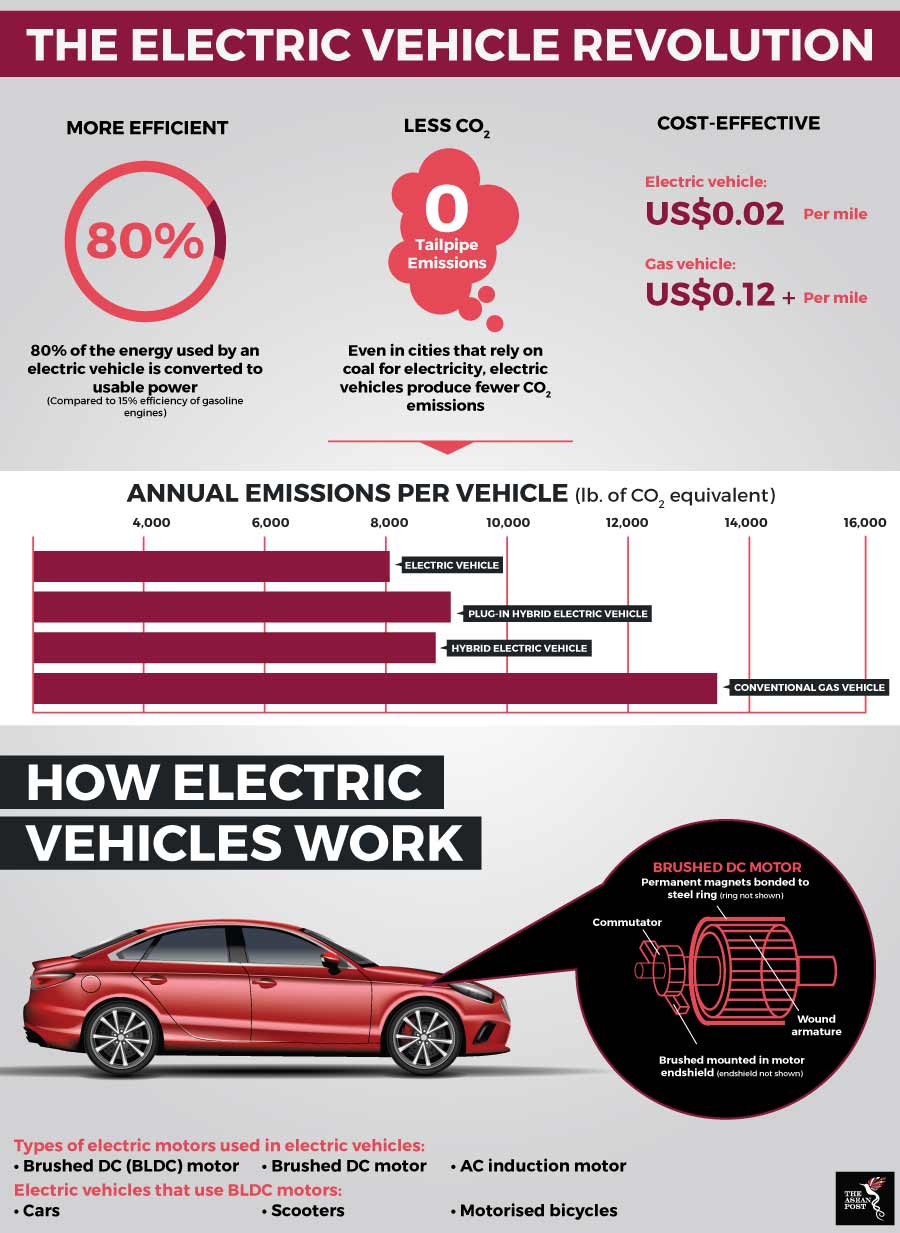BCPG and Power Ledger will collaborate with Chiang Mai University to launch a private energy solar rooftop power plant in the second half of this year.
The project represents an advance in using digital technologies to lessen the university’s energy footprint, while pointing to the potential for profit-making during the transition to renewable energy in response to the Paris accord on climate change.
There is great potential for renewable energy generation in the residential, industrial and university sectors, while also advancing the nation’s digital future, says Bundit Sapianchai, BCPG president and chief executive officer. BCPG has been at work with Power Ledger since August 2018 to provide the private grid at the university.
BCPG and Power Ledger are partnering with Chiang Mai University to build a 12-megawatt private rooftop power plant and associated grid to feed university buildings. It will include blockchain technology, peer-to-peer energy trading, and energy as a service. The partners are also talking with PEA. The whole system will be completed in the next six to eight months.
“It is a private energy grid feeding over 100 buildings inside Chiang Mai University, and in the next stage it is expected to export energy to the commercial businesses around the university in Chiang Mai Town,” said Bundit.
In addition to residential and university projects, Bundit said the industrial sector also offers much potential for solar projects. The company is in discussions with potential partners, and though details cannot yet be disclosed, an announcement is likely in the second half of this year.
Power Ledger partnered with BCPG for two reasons, says Jemma Green, chairwoman and co-founder of Power Ledger, a technology company that uses blockchain and AI to enable the transition to low cost, low carbon and resilient distributed energy markets.
There was the opportunity to take on its first collaboration project and develop a partnership perspective as it worked on the T77 peer-to-peer energy trading project in Bangkok, which was co-developed by BCPG, Sansiri and Power Ledger.
“We are doing similar things in other markets – for example in the US. We have technology and we can partner with organisations to understand the local market from an energy perspective. This is the strategy to scale the commercialisation of our technologies,” said Green.
In addition to Thailand, BCPG is active in Japan, Indonesia, Vietnam and Laos as it provides coverage to those markets. The current project is not really focused on Thailand and offers a big opportunity to partner across the Asia market, she says.
The Power Ledger technology can aid in three related areas – energy trading, energy assets and the carbon market. In term of energy trading, it has signature products in two categories – trading across the grid and trading behind the meter. The T77 project involves trading across the grid while the project in Chiang Mai is behind-the-meter energy trading.
The concept of the virtual power plant concept is very exciting, says Green. Traditionally, solar-based energy trading takes place during the hours of sunshine, but by using battery storage a virtual power plant can trade 24 hours a day. And it can go beyond energy or electricity to also sell accessory services such as frequency or capacity.
Also, there is energy asset financing, or “asset germination”, a product the company will launch this year. It uses blockchain to fragmentise the energy asset and create liquidity around this asset. This would allow people to invest in commercial-scale energy assets. It is peer-to-peer energy asset trading.
“We are ‘tokening’ the asset that can be traded and exchanged. An asset does not need to be under the listed companies, it can be under unlisted companies,” said Green.
The token will be a security token, a financial product, she said. It is a utility token. It is tokenising the real assets.
The final stage of procuring assets for launching this product is implementing a commercial-scale solar system and the energy-connected battery.
According to the International Renewable Energy Agency (IRENA), investments in renewable energy needs to be up-scaled to six times the current level if the world community is to reach its climate goal of limiting the global temperature increase to 1.5 degrees.
Need to speed up solar inroads
Thailand so is generating only 3,000 megawatts of solar energy, but it is growing at the relatively fast rate of 500 megawatts per year. The asset germination product aims to help speed up and make easier the required investment in solar.
Bundit said yearly 500 megawatt boost to roof-top energy production offers a significant opportunity across business areas included generation, the grid as a service and the data business.
“BCPG sees a lot of opportunities and a new business model in the new areas of the energy economy,” Bundit said. “Right now we offer peer-to-peer energy trading, but we will next look at the carbon market and asset germination, as well as demand response, energy as a service and so on. We are creating the future.”
Green said the final area in the carbon market is around issuing carbon credits, which would facilitate exchange-based trading in the carbon market.
It’s a big market, with significant opportunity for scale, she said, as Thailand and the world moves into transitioning to a low-cost and low-carbon economy.
http://www.nationmultimedia.com/detail/Startup_and_IT/30363424


